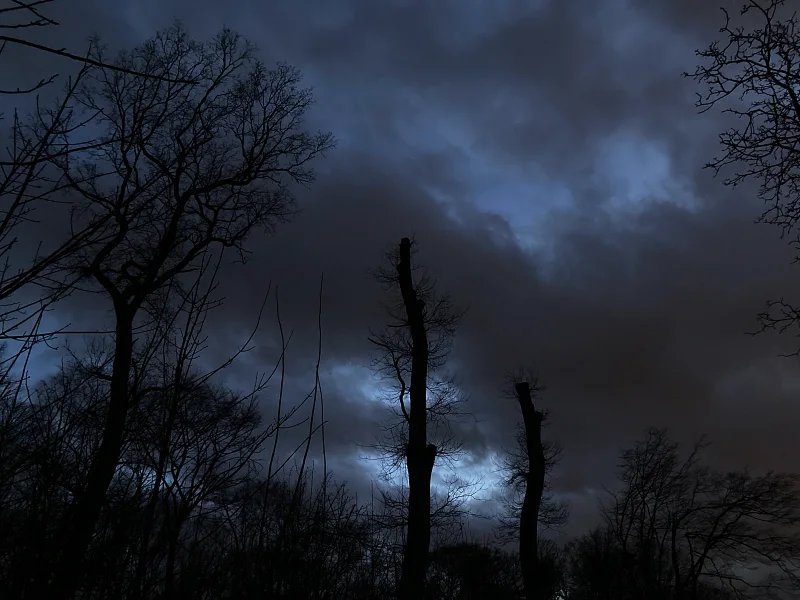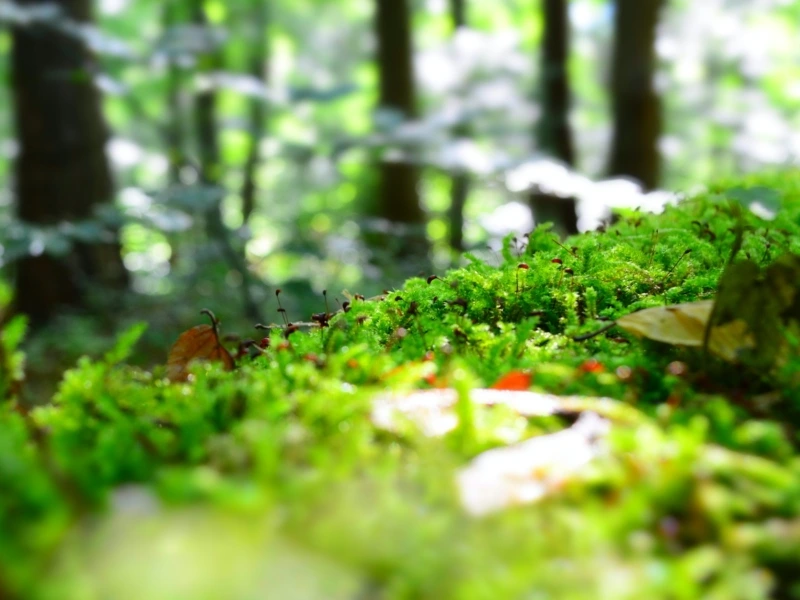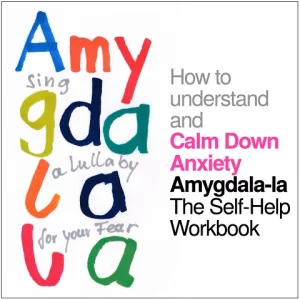Every fear is associated with an image.
Any fear.
Only when a sound is associated with an inner image of a predator or other dangerous situation, only then does the sound seem frightening.
Fear arises in an archaic process.
This is natural, because:
A person living on the steppe or in the tundra must be able to rely on his instincts.
No civilization can change that.

The brain will always generate fear archaically and on the basis of messenger substances.
Fear in itself is not negative.
The idea of treating fear like tooth decay or arthritis, that idea is fundamentally wrong.
It does not matter for the effects of fear what exactly “triggers” the fear.
The effects or accompanying symptoms of anxiety are:
- Increased pulse rate
- Narrowed focus
- Willingness to flee or attack

How was anyone going to negotiate – successfully – with a person about the meaning and purpose of fear (even as a therapist) if that person is either in attack mode or on the run?
It is always a matter of conscious as well as unconscious imagery which state the brain establishes.
Imagine you come into the breakfast room in a hotel.
A nicely decorated room, the coffee smells good, the air is filled with the scent of fruits … You go to the table and start eating. But you do not feel comfortable. Why? The food and the coffee are good. Taking a closer look, you realize the reason for your discomfort: The tablecloth has a pattern of small, almost invisible skulls. What use is the good food here?
Now imagine you are asked to take an oral exam.
You have slept badly the night before.
Although you have studied a lot, doubts have arisen.
“What will happen if I forget everything?
How embarrassed will I look if I blush?
What will the examiners think of me if I just stare at them and can’t get a word out?”
That’s why your pulse went up.
Before you went out, you had to throw up.
Why all this?
Because your brain fed you a worst-case scenario. It has constructed a negative picture of what might be in the future. Although none of this is real (yet), it has already had an effect.
You’ve slept poorly, felt anxious, and feel sickly.
Here’s the surprising twist to the story. It’s a picture story.
As you enter the exam room, you can hardly believe your eyes:
- Three friendly-looking examiners (not 30 or 300, as in your fearful imagination last night).
- You are greeted in a friendly manner.
- “As members of the examination board, we welcome you. We are pleased that you have found your way to us. We know from experience that some people are nervous in exam situations. That’s why we invite you to: sit down first, take a deep breath. Here is a glass of water.
We have come together here to collect with interest all the knowledge you bring with you. We are interested in your strengths and resources. At the end of the 10-minute conversation we are about to have with you, we want to give you the certificate. If you have any questions for us in between, please feel free to interrupt us. We are confident that together we will make this testing situation a good one.”
How do you feel?
What image arises in your mind’s eye parallel to these words?
If you imagine yourself feeling secure and in good hands in such a positive and uplifting exam situation, it would be because your brain is telling you to go well. The brain provides you with a positive agenda of the exam.
As an examinee, all you need to do is follow that agenda.
Without thinking about what exactly you need to do.
If the context and environment seem safe, we are safe.

